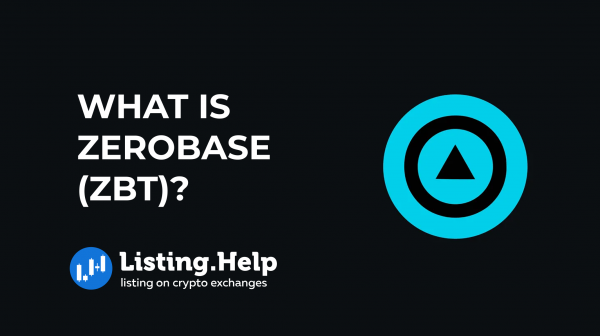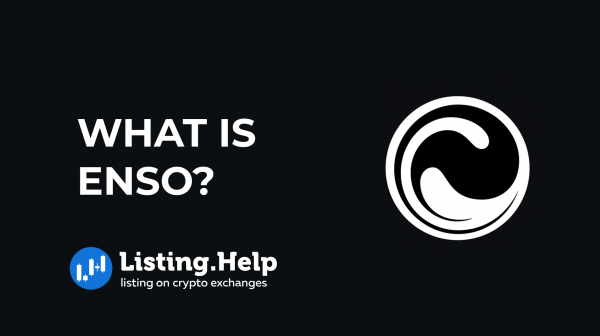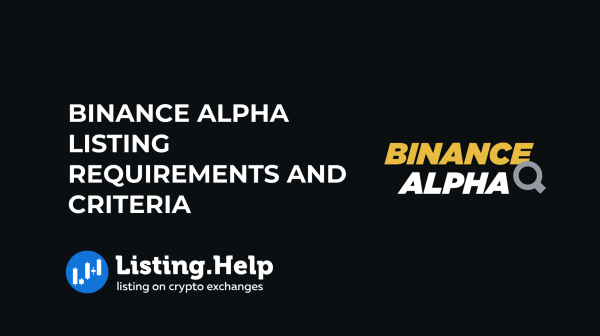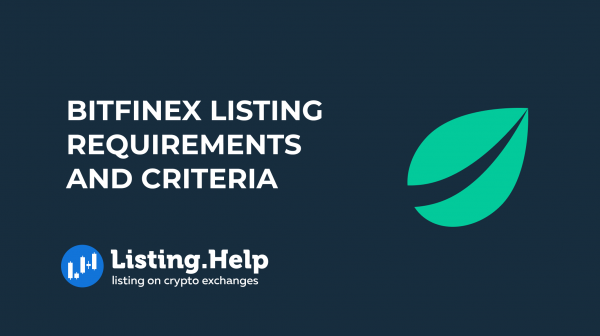What Is Aave?
 August 7, 2024
August 7, 2024 Updated: August 7 2024, 12:41
Updated: August 7 2024, 12:41
LEAVE A REQUEST
Launching your own token project? Our experts are ready to help with listing on exchanges, market making, marketing and other solutions
SUBMIT APPLICATIONAave is a decentralized cryptocurrency platform that enables users to borrow and lend digital assets. The platform relies on smart contracts to automate transactions, setting rules for fund distribution, collateral management, and fee calculation.
Aave focuses on overcollateralized loans, which require borrowers to deposit more crypto than they plan to borrow. This approach safeguards lenders from defaults and allows the protocol to liquidate collateral if its value falls significantly.
Additionally, Aave has its own token (AAVE), which is available for trading on most exchanges. Users can also stake AAVE on the platform to earn interest. Staking rewards validators for verifying transactions on Aave’s proof-of-stake blockchain.
What Distinguishes Aave?
Aave stands out in the DeFi market as a leading platform for liquidity and technical features. It allows users to borrow and lend a variety of crypto assets, including major cryptocurrencies like Ethereum (ETH), as well as various altcoins and stablecoins.
One of Aave’s notable innovations is the introduction of flash loans. These loans allow users to borrow assets without needing to provide collateral, as long as the loan is repaid within the same transaction block.
Additionally, Aave integrates with many DeFi platforms, offering significant value to users who utilize it for borrowing and lending cryptocurrencies. This interoperability enhances the overall user experience and provides greater flexibility in managing digital assets.
How Does Aave Work?
Aave is a protocol built on Ethereum that facilitates automated crypto loans. By depositing cryptocurrency as collateral, users can borrow other cryptocurrencies up to a certain percentage of the collateral value, known as loan-to-value (LTV). Aave caps the borrowed amount at 80% of the collateral’s current value.
The platform utilizes smart contracts to automate the loan process. These programs handle the calculation of loan terms, collection of collateral, and distribution of the borrowed cryptocurrency, eliminating the need for third-party intermediaries.
For those looking to lend, Aave allows users to deposit their crypto into liquidity pools, from which borrowers draw funds. Lenders earn interest from these pools, which is paid by the borrowers.
Aave also provides Flash Loans, which must be repaid within the same block on the blockchain. These loans are ideal for arbitrage opportunities in the crypto market.
Aave Lending
To lend crypto on Aave, connect a digital wallet to the platform and choose from a list of supported assets. Deposits earn a fixed annual percentage yield (APY), paid in the same cryptocurrency that was deposited. For example, depositing Ether (ETH) will result in interest paid in ETH.
The Aave platform supports multiple cryptocurrencies, including:
– Ether (ETH)
– Dai (DAI)
– Aave (AAVE)
– U.S. Dollar Coin (USDC)
– Tether (USDT)
When you supply crypto to Aave, your tokens are added to liquidity pools used for lending. The interest paid by borrowers is distributed to these pools, with a portion going to depositors.
As a decentralized protocol, all Aave transactions occur directly on the blockchain, requiring network transaction fees (gas fees) for deposits or withdrawals. You can withdraw your funds and any earned interest at any time.
Aave Borrowing
To borrow on Aave, you must first deposit crypto as collateral. This collateral earns interest once deposited into the liquidity pools.
After depositing, you can browse the supported crypto assets, with Aave calculating how much you can borrow based on the collateral’s value, the asset’s value, and its volatility. Once you choose the crypto, you confirm the transaction, and the borrowed amount is transferred to your connected wallet.
All loans on Aave are overcollateralized, meaning the value of the deposited assets always exceeds the loan amount. This protects lenders and liquidity providers if the collateral’s value drops. More volatile assets have a lower LTV than stable ones.
Loans do not have a repayment time limit, but repayment must be in the same cryptocurrency borrowed. For instance, if you borrow $100 worth of USDT, repayment must be in USDT plus interest.
Flash Loans
Aave offers Flash Loans, which are loans borrowed and repaid within the same block. These loans are primarily used for arbitrage opportunities in the crypto market, such as exploiting price differences between exchanges.
Flash Loans require developers to write smart contracts to request, use, and repay the loan in a single transaction. There is a 0.05% fee for these transactions, paid by the borrower.
Liquidation
If the collateral’s value for a loan falls below a certain LTV, Aave can automatically initiate liquidation. This involves selling up to 50% of the pledged collateral to repay the loan and restore the LTV to acceptable levels.
Liquidations are carried out by “liquidators,” users who repay the loan and claim the collateral plus a 5% bonus.
Risks of Aave
Aave is an automated protocol for borrowing funds by pledging crypto assets as collateral. However, several risks are associated with using this platform:
1. Liquidation Risk: If the value of the pledged collateral, such as ETH, drops significantly, it may be liquidated. This means the collateral is sold off at a lower price, which is an undesirable outcome for the borrower.
2. No Insurance: Aave does not provide insurance, so user funds are not protected. Unlike traditional banking systems with FDIC insurance, lost funds or crypto sent to the wrong address cannot be recovered on Aave.
3. Crypto Volatility: Cryptocurrencies are highly volatile. When using crypto assets as collateral, users might face significant losses. The funds are locked in the contracts and cannot be accessed until the loan is repaid. Additionally, mandatory liquidations due to value drops can lead to further financial losses.
4. Liquidity Risk: Although Aave displays the available liquidity for each cryptocurrency, users might be unable to withdraw funds if the liquidity drops too low. This situation requires waiting until more crypto is deposited by other users to access the funds.
5. Hack/Theft: Being an online platform, Aave is vulnerable to cyber-attacks, such as hacks, which could lead to theft. While the protocol itself has not been compromised, connections to it have been targeted.
How to Use Aave
Aave serves multiple functions within its ecosystem. It can be used as collateral for loans, to pay loan fees, and for governance within the Aave community. Each AAVE token represents one vote, so users with more AAVE have greater influence over proposed changes to the system and protocol.
Additionally, Aave helps secure the platform’s capital through reserves in the Safety Module. These reserves can be sold if there is a capital shortfall within the system.
AAVE can also be traded for profit. The token’s price fluctuates frequently, allowing traders to earn by capitalizing on the difference between buy and sell prices.

For more insights and updates on the crypto world, don’t forget to check out our blog at Listing.Help.




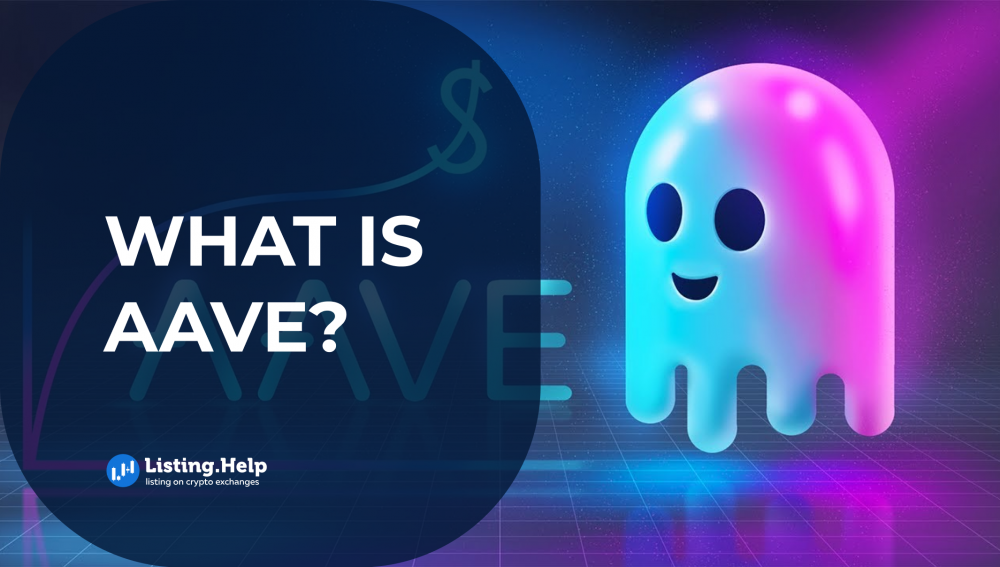

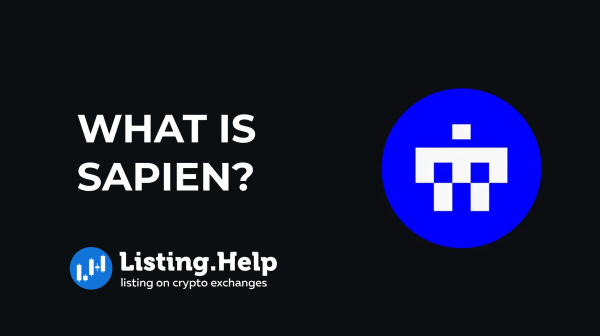
 December 15, 2025
December 15, 2025 


